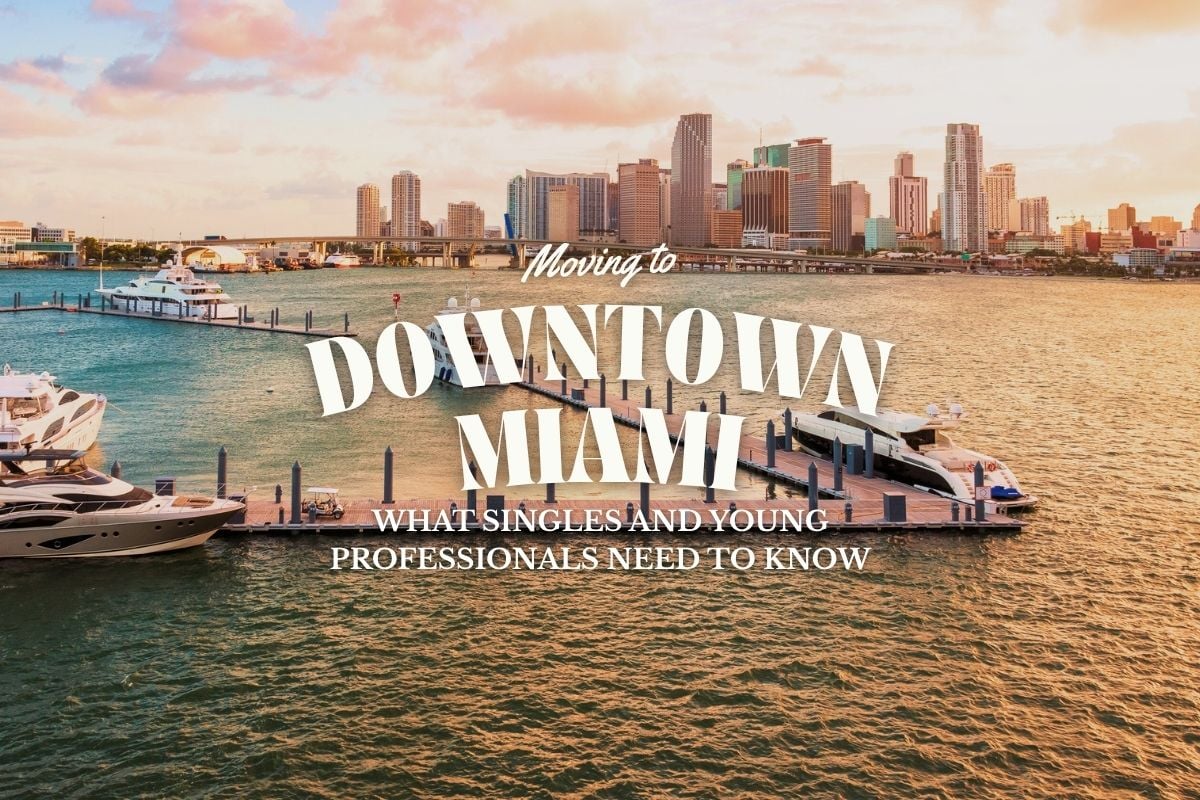If you’ve ever dreamed of waking up to sunrise over Biscayne Bay, grabbing coffee a block from your high rise and hitting an art show after work, Downtown Miami might be the right address. As a Miami realtor, I’ve helped many singles and young professionals relocate to the city’s core. Downtown isn’t just skyscrapers and traffic. It's a dynamic hub of culture, innovation, and fun. This guide unpacks the key facts and insider insights so you can decide whether life in Downtown Miami aligns with your lifestyle and budget.
Why Singles and Young Professionals Love Downtown Miami
Demographics & Community
Downtown Miami has boomed over the past decade. Much of that growth has been driven by singles and nonfamily households: 59% of Downtown households are nonfamilies, and the area boasts a young and highly educated resident base. Median household income in Downtown is about $119,000, roughly 1.5 times the city and county medians, yet average household size is only 1.7 people. In other words, many residents are professionals investing in themselves rather than raising kids.
The community is also diverse. While the neighborhood has historically been predominantly Hispanic/Latino, a rising share of white, non-Hispanic residents has brought more cultural mix. This multicultural blend translates into an eclectic food scene, bilingual events, and year-round festivals. If you enjoy meeting people from around the world, Downtown is incredibly welcoming.
Jobs & Economy
Beyond lifestyle, Downtown’s employment opportunities attract ambitious transplants. Professional, scientific, and technical services account for 20.9% of local jobs, while finance and insurance roles make up 12.6%. Other major sectors include accommodation and food services, transportation, and administrative support. On average, Downtown industries pay $103,000 per job, about 1.2 times the county’s average earnings.
Many major employers, ranging from Citadel Investment Group to Miami Dade College and tech firms like Kaseya, are clustered here. The proximity of offices means you can often walk to work or take a five minute Metromover ride. Still, it’s worth noting that most Downtown workers commute from outside the area, translating to lively weekdays and quieter weekends.
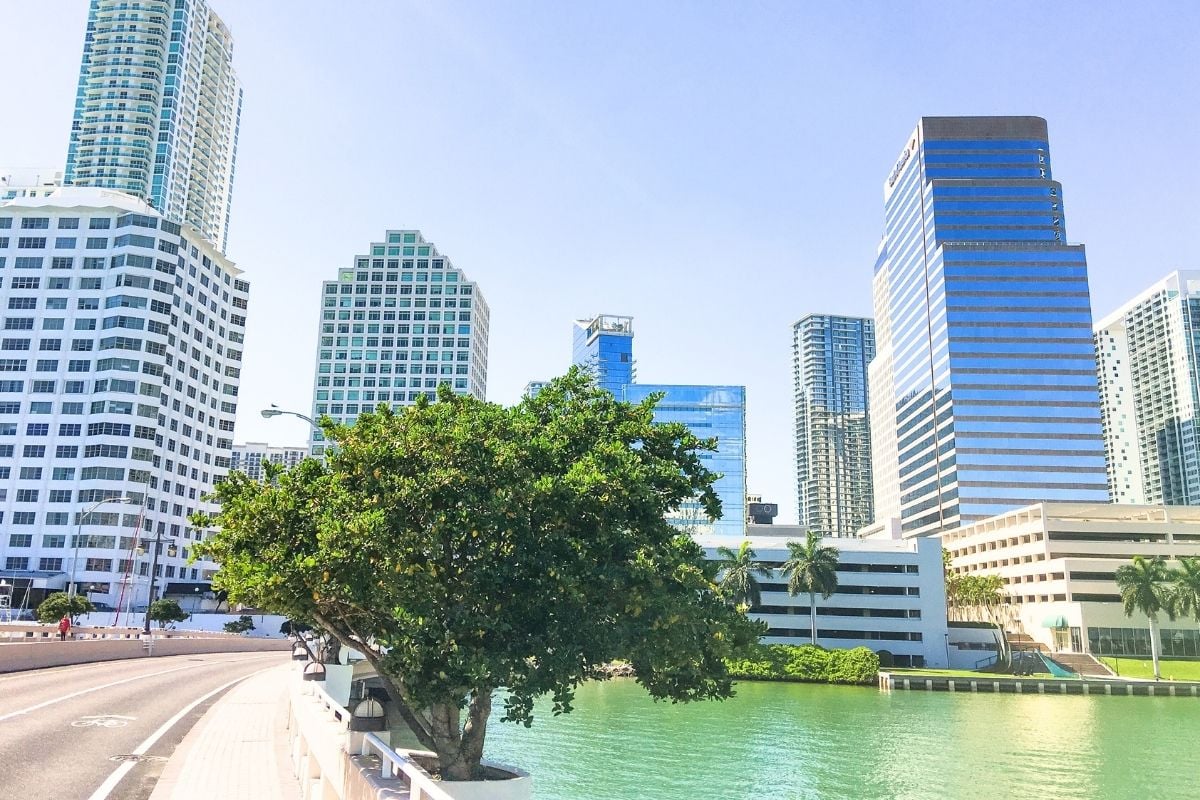
Cost of Living & Housing in Downtown Miami
Rental and Housing Market Stats
Living in Downtown doesn’t come cheap. The median listing home price is around $715K, with a median sold price of $596.5K. Homes spend an average of 118 days on the market, reflecting a buyer’s market where supply exceeds demand. Sale to list ratios average about 95%, meaning homes sell roughly 5% below asking price.
Renters face high costs too. Average rent sits at about $3,000 per month, 1.5 times the citywide average. One bedroom apartments typically run $1,800 to $2,500 per month, while median condo prices hover around $450K. Because of these prices, many clients choose to rent initially so they can explore different buildings and neighborhoods before committing.
Affordability & Income
What salary makes Downtown life comfortable? A livable salary for singles is roughly $60K to $80K, covering housing, utilities, food, and entertainment. However, the minimum income needed to afford the average asking price of a condo is about $136,000. With inflation still elevated, it’s best to budget conservatively and factor in everyday costs like groceries and healthcare.
Renting vs Buying
If you’re relocating for work and aren’t sure how long you’ll stay, renting provides flexibility. Properties range from modest studios around $300K to luxury penthouses topping several million dollars. However, mortgage rates have eased, and Downtown holds about 60% of Miami’s for sale housing pipeline. If you’re eyeing a long term investment, schedule a buyer consultation and download my free Buyer Guide to understand financing, inspections, and negotiation strategies.
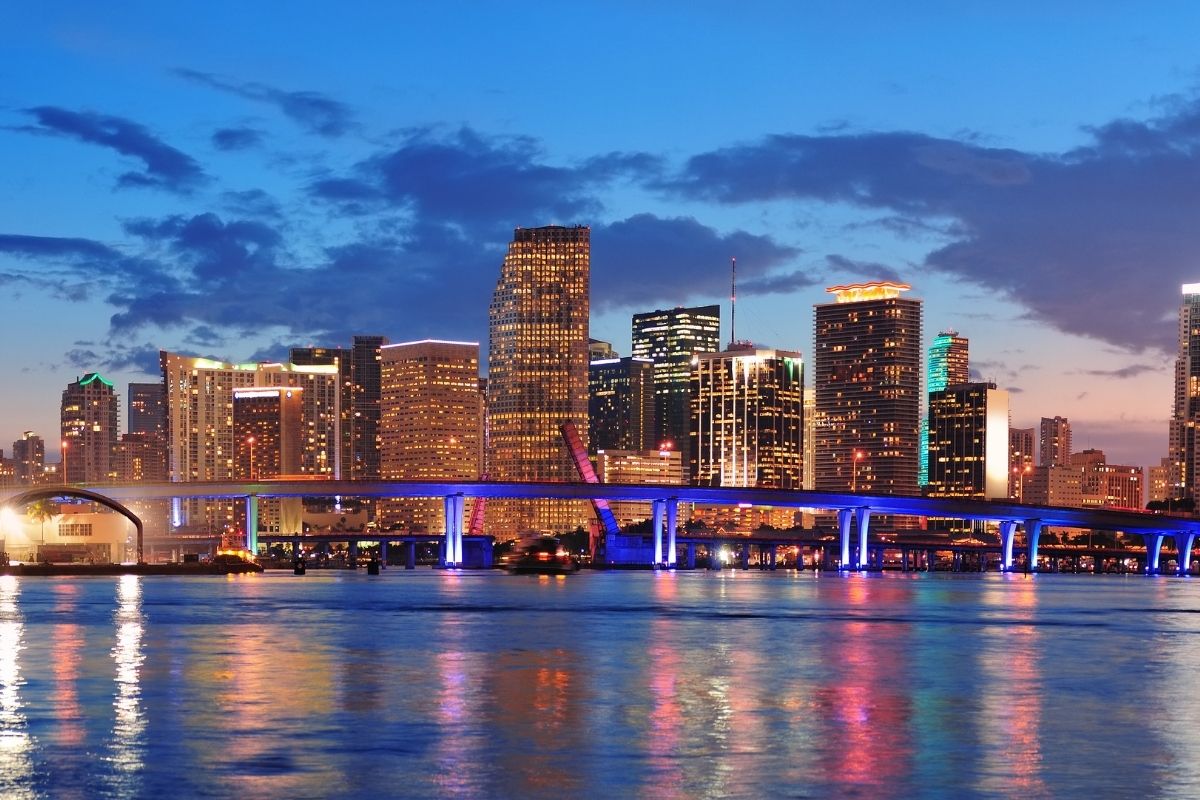
Top Neighborhoods & Nearby Hotspots
Downtown’s Subdistricts
Downtown Miami actually encompasses several subdistricts: Brickell, Central Business District (CBD), and the Arts & Entertainment District. Each has experienced explosive growth, with population increases up to 147% in the Arts District. High rise condos sit alongside cultural venues like the Pérez Art Museum and Adrienne Arsht Center. The area’s grid layout and ample sidewalks make it very walkable; you can go from your apartment to a café, office, and yoga studio without driving.
Brickell Financial Center & Nightlife
Often called Miami’s “Wall Street of the South,” Brickell is anchored by international banks and corporate headquarters. It’s also among the most desirable areas for young professionals. Average home prices hover around $749,900, and one bedroom rentals average $3,559 per month. Luxury high rises like Brickell City Centre and Icon Brickell feature pools, fitness centers, and concierge services.
After work, locals flock to rooftop bars, cocktail lounges, and stylish restaurants. Brickell has its own Metromover loop and excellent dining options, from grab and go sushi to fine dining Peruvian. If you crave an urban lifestyle where you can walk to work and join friends for happy hour with skyline views, Brickell checks all the boxes.
Little Havana & Cultural Energy
Just west of Downtown, Little Havana offers a completely different vibe. Homes range from $250K to $800K, and one bedroom rentals start around $1,200 to $1,500. The neighborhood is steeped in Cuban heritage, with Calle Ocho lined with cafés, art galleries, music shops, and cigar stores. For singles who want a strong sense of community and culture but need more affordable housing, Little Havana is a smart choice.

Transportation & Commuting
Car Free Options
One of Downtown’s perks is that you don’t need a car to get around. The Metromover, a free elevated system, runs seven days a week through Downtown, Omni, and Brickell. It serves 21 stations across three loops and operates from 5:30 AM to 10 PM. Trains arrive every 90 seconds during rush hour and every three minutes off peak. Many residents love living near a Metromover station for easy access to offices, events, and shopping without traffic stress.
Downtown also connects to Metrorail and Metrobus routes. For cyclists, the city continues to expand bike lanes and scooter parking, though caution is still needed when sharing the road.
Driving & Traffic
Despite robust transit, Miami remains car centric. Traffic on major roads like I95 is severe, and not all neighborhoods are covered by public transport. Parking can be expensive, with monthly garage passes in Brickell often exceeding $175. If you plan to drive, check if your building includes parking or your employer offers commuter benefits. Many singles choose to live near transit hubs and rely on rideshare or scooters for errands.
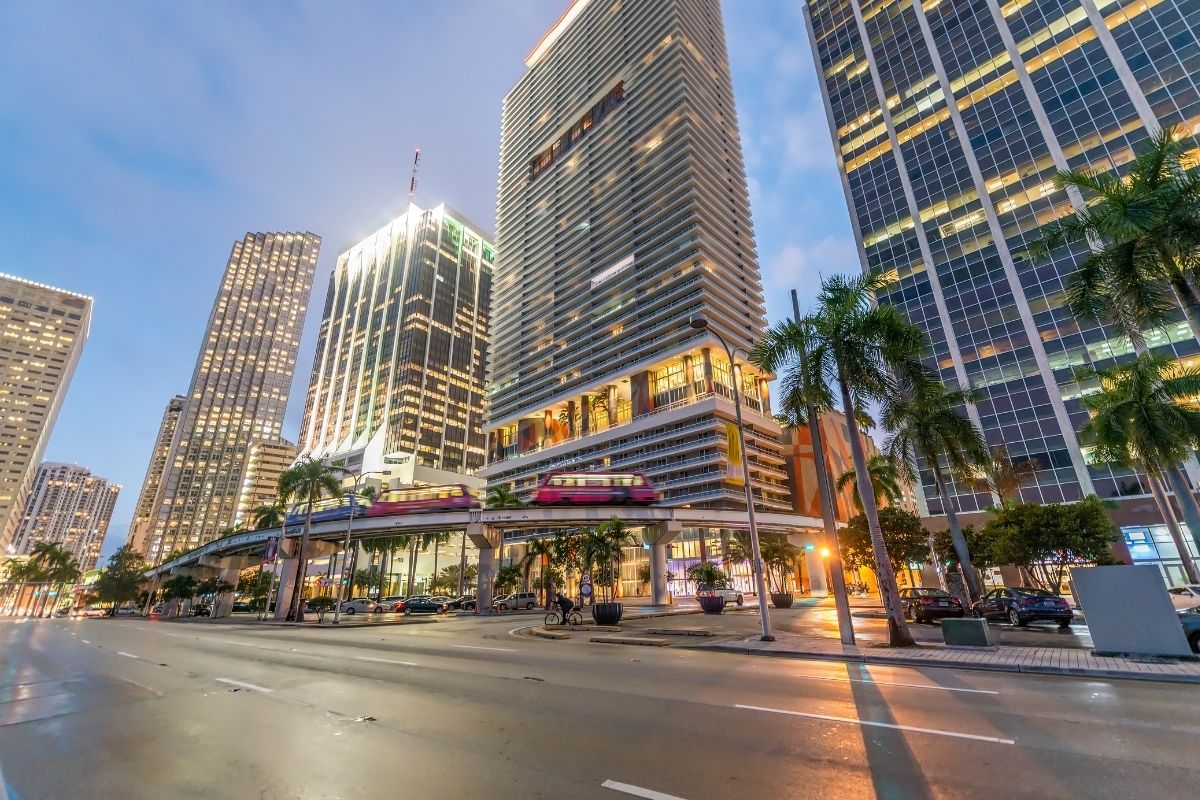
Lifestyle, Amenities & Things to Do
World Class Nightlife & Culture
Miami’s nightlife reputation is legendary, and Downtown and Brickell deliver. The city boasts iconic nightclubs, rooftop bars, and live entertainment venues. For a chic evening, try lounges with skyline views or music spots hosting local DJs. Beyond clubs, Downtown offers theaters, sports bars, and cultural events almost every night of the week.
Outdoor & Wellness
Balance late nights with sunshine and outdoor activities. Stroll along the Miami Riverwalk, picnic in Bayfront Park, or take rooftop fitness classes. Thanks to the subtropical climate, you can jog along Biscayne Bay in January or paddleboard after work. Everyday costs like groceries and healthcare are slightly above national averages, but the ability to enjoy the outdoors year round is a major perk.
Tips for Moving & Next Steps
Before signing a lease or purchase agreement, consider these tips:
- Clarify your priorities. Decide whether you want a luxury high rise, a loft, or a more historic space; each subdistrict offers something unique.
- Budget realistically. Include rent or mortgage, HOA fees, insurance, parking, and everyday expenses.
- Leverage transit. Living near a Metromover station saves time and money.
- Plan for weather. Hurricane season runs June through November; ensure your building is prepared.
- Get local guidance. As a Realtor experienced in Downtown Miami, I can guide you through neighborhood tours, virtual showings, and negotiations.
Download my Relocation Guide for a full checklist and explore my Neighborhood Guide for deeper dives into Brickell, Edgewater, and beyond.
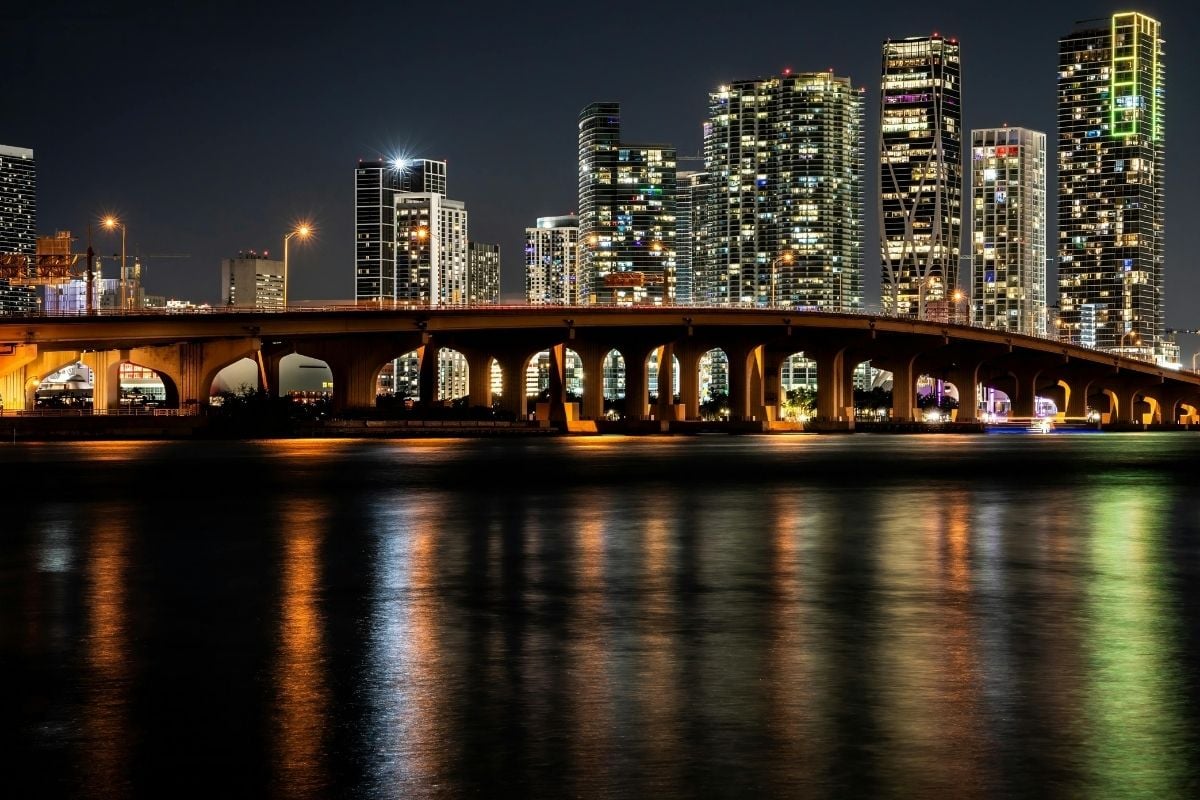
Ready to Make the Move?
Downtown Miami offers singles and young professionals a unique blend of career opportunity, culture, and coastal living. From free public transit and world class nightlife to booming industries and a tight knit international community, the advantages are compelling. At the same time, the cost of living is high, and competition for desirable units can be fierce. Balancing these realities is key to a successful move.
If you’d like personalized insights or help finding your next home in Miami, contact me today. Want to explore current listings? Browse my Featured Listings page. Considering a purchase? Download my Buyer Guide to learn how to secure financing and negotiate the best deal. Whatever your goals, I’m here to help you make Downtown Miami feel like home.
